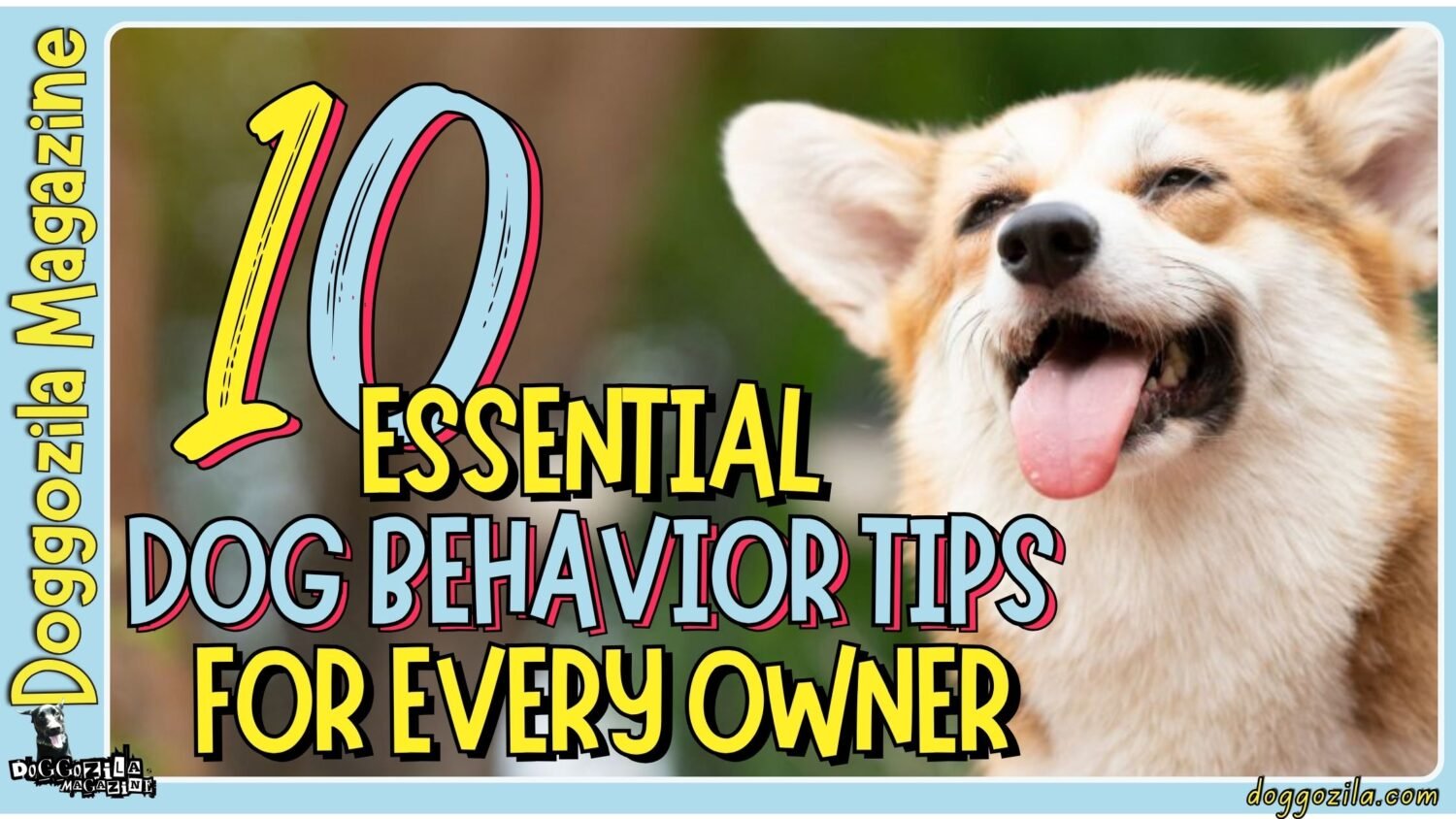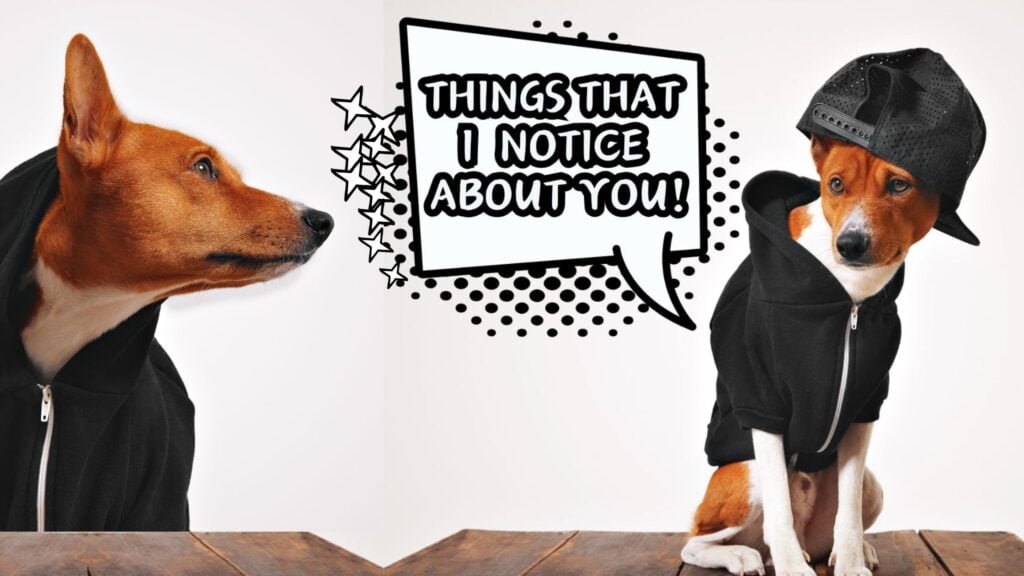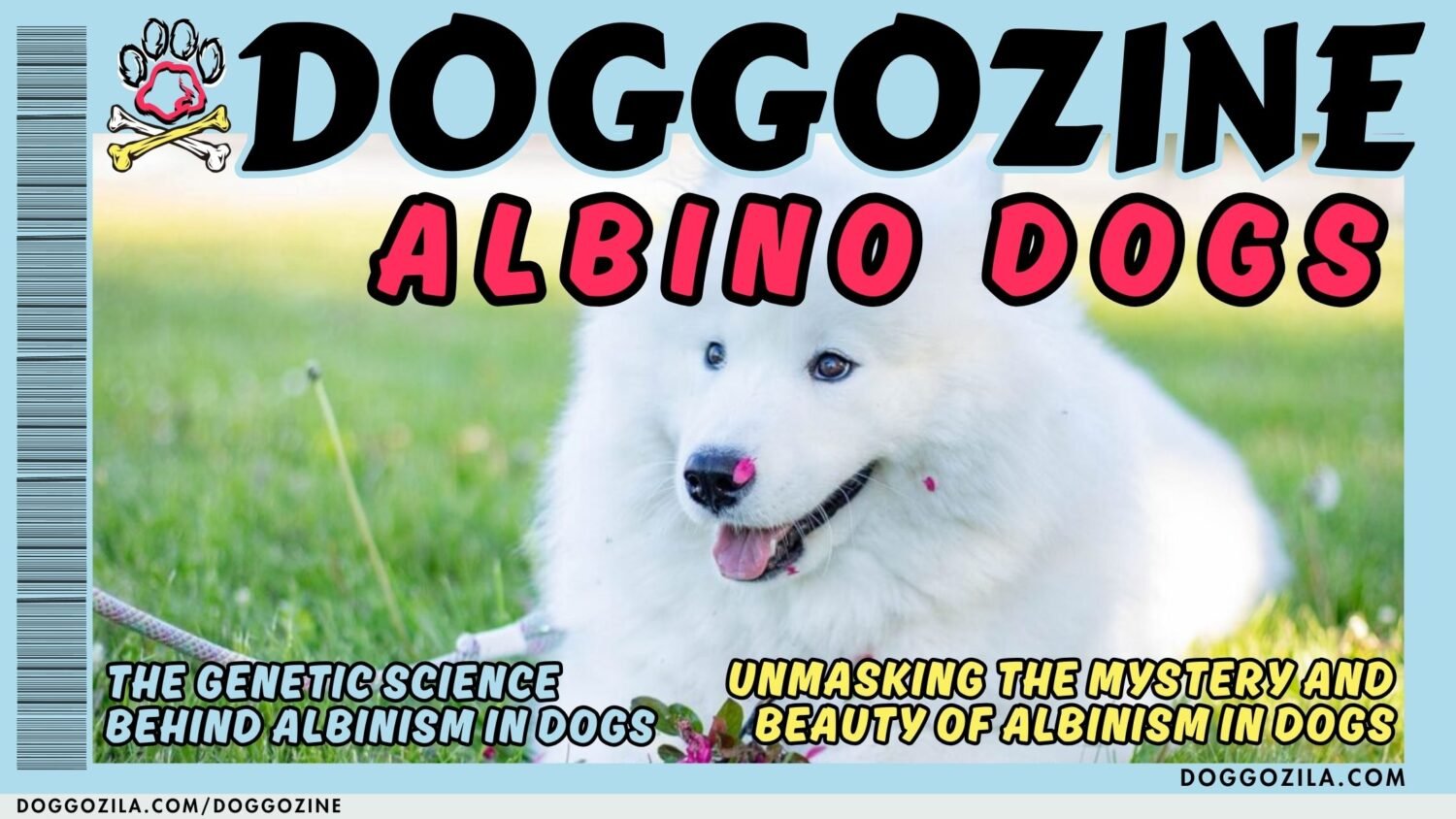Hey there, fellow dog lovers! I’m wagging my tail just thinking about today’s topic. If you’ve landed here, you’re probably navigating life with a three-legged wonder or considering adopting one. Let me tell you upfront: „tripawds“ aren’t broken, they’re upgraded. Many have shared their home with tripod dogs for years, and their resilience? Pure magic. Today, we’ll show you how to care for a three-legged dog and live the life with them on full-throttle, we will offer many tips on how you can support their epic journey!
Buckle up, because we’re diving deep into how to care for a three-legged dog and unlock their full, fabulous potential. Get ready for adventure, practical tips, and a whole lot of love! If you’re navigating life with a three-legged pup or considering opening your heart and home to one, you’re in for a treat. Forget pity – these dogs aren’t missing a leg, they’re overflowing with extra spirit, determination, and an uncanny ability to make you laugh with their unique zoomies.

HOW TO CARE FOR A THREE-LEGGED DOG WHILE EMBRACING THEIR UNIQUE SUPERPOWERS?
Learning how to care for a three-legged dog begins with recognizing that these tripod pups often bounce back faster than we expect. Their remaining limbs gain extra strength and resilience as they adapt to walking, running, and even hopping just like any other active companion. By focusing on preservation rather than overprotection, owners can foster confidence and prevent secondary injuries down the line. This mindset shift is key to helping any dog thrive after amputation, whether it’s due to cancer, trauma, or a congenital condition.
Witnessing your dog lose a leg, whether due to trauma, cancer, or a congenital condition, is undeniably tough, a rollercoaster of emotions for any devoted pet parent. But here’s the incredible truth science and countless stories reveal: dogs adapt with astonishing speed and grace, often regaining 70-80% of their mobility within mere weeks post-amputation.
Understanding the Tripod: How to Care for a Three-Legged Dog from Day One?
When you bring home a tripod pup, the first task is to anticipate their needs during the initial recovery period, helping them rest comfortably and move safely. Dogs with one less leg can feel unsteady, so providing carpet runners or non-slip mats lets them explore without slipping.
Watch carefully for signs of discomfort or pressure sores on the remaining limbs and ask your vet about optimizing joint supplements early on. It’s also smart to prepare easy-to-access water stations and food bowls for your dogs at just the right height to avoid any awkward stretches.
Case Study: Bella’s Bounce-Back – How to Care for a Three-Legged Dog with Grace?
Bella, a golden retriever who lost her hind leg to a severe fracture, amazed her family by running without hesitation just weeks after surgery. Her veterinarians credit a balanced regimen of low-impact exercise, measured by short leash walks interspersed with guided hydrotherapy sessions, for her rapid progress.
Her family’s example shows that purposeful planning—combining vet-recommended pain management and physical therapy—creates a clear path to regained mobility. Within two months, Bella was leaping into the lake on warm summer days, tail wagging as if she never missed a beat.
Three-Legged Dog Myths Debunked and What Every Owner Should Know
A common misconception is that tripods can’t enjoy normal dog sports, but many go on to excel at agility, dock diving, and even competitive obedience trials. It’s also untrue that they require a sedentary lifestyle, in fact, balanced exercise helps maintain healthy weight and prevents hip dysplasia in the long term.
Another myth is that prosthetics are painful or unnatural—when fitted correctly, they can distribute pressure evenly and enhance comfort for dogs missing a front limb. Armed with these truths, you can confidently advocate for your dog’s full life.
🔑 Key Points: Dogs regain 70-80% mobility within weeks post-amputation. Focus on confidence-building, not overprotection, to help them thrive.

HOW TO CARE FOR A THREE-LEGGED DOG BY MAKING ACCESSIBLE THEIR FAVORITE AREAS IN YOUR HOME?
Designing a cozy, accessible sleep zone is one of the first steps in learning how to care for a three-legged dog with comfort in mind. Choose an orthopedic bed with bolstered edges to support joints and cushion pressure points, especially important when one leg bears extra weight. Position the bed away from drafts and in a low-traffic spot to minimize accidental bumps during nighttime repositioning. Adding a soft blanket can help your pup burrow in safely and relieve phantom limb sensations that sometimes emerge after surgery.
Your home, once familiar, now presents new challenges for your tripod pup, requiring thoughtful modifications to prevent slips, falls, and unnecessary strain as they navigate the world on three legs. Slippery surfaces like hardwood, tile, or laminate are the arch-nemesis of tripod stability.
How to Care for a Three-Legged Dog by Creating Accessible Sleeping Areas That Soothe Aches?
A truly comfortable bed for a tripod pup addresses both joint health and mental calm. After the dog’s amputation, the owners should switched to an egg-crate foam mattress encased in washable covers, which will offer a gentle support and easy maintenance.
Investing in a small pet ramp also allowed her to hop onto the couch without jarring landings, minimizing stress on the dog’s front limbs. Many families report that simple tweaks like layering memory foam under a waterproof liner, improve recovery and prevent clicker-training sessions from being cut short by joint stiffness.
Setting Up Ramps and Gates to Better Care for Your Three-Legged Dog
Raising key pieces of furniture by a few inches or installing sturdy ramps at door thresholds can eliminate awkward jumps that risk ligament strains. Teaching your tripod to navigate baby gates with a little positive reinforcement encourages independent access to favorite rooms without fear.
In a case study of a senior tripod rescue, introducing a gentle ramp network restored the dog’s confidence so they stopped wrestling with slippery tile floors altogether. Combining clear pathways with gradual introductions ensures your dog learns each new route with enthusiasm.
The Importance of Orthopedic Beds When Learning How to Care for a Three-Legged Dog
Orthopedic beds reduce inflammation and soothe tired muscles, which is especially crucial for tripods who overuse their remaining limbs. Dogs with arthritis or obesity-related joint stress show marked improvement when switched to high-density foam, according to a 2021 veterinary rehabilitation review.
Adding an extra blanket layer not only warms aching joints but also comforts dogs prone to phantom limb twitches. Regularly inspecting the bed for sagging or lumps ensures ongoing support and helps you spot wear-and-tear before it compromises comfort.
🔑 Key Points: Use non-slip rugs, ramps, and orthopedic beds to prevent slips and support joints. Rearrange furniture for clear pathways.

ORGANIZING YOUR KITCHEN AND BATHROOM TO SIMPLIFY THE CARE FOR A THREE-LEGGED DOG
Arranging feeding stations at a moderate height prevents dogs from overstretching or bending too far, which can strain back muscles. A low-profile water fountain by your kitchen island can coax reluctant drinkers to stay hydrated, safeguarding kidney and joint health alike. In the bathroom, placing a textured mat inside the tub or shower empowers your tripod to stand steadily during grooming sessions. You can even install removable towel hooks at dog-height so drying off becomes a dignified, independent affair.
Banish slippery tiles! Interlocking foam mats or yoga mats create safe highways. Runners with rubber backings work wonders in hallways. For stairs, adhesive grip tape adds claw-friendly texture. How to care for a three-legged dog means reimagining floors, adding more traction to reduce the joint strain on long-term.
How to Care for a Three-Legged Dog by Tailoring Nutrition for Weight Management?
Feeding a tripod dog involves balancing calories to prevent excess weight, which would otherwise stress the remaining limbs. Opt for high-quality protein sources that support muscle tone without unnecessary fats, and discuss omega-3 fatty acids with your vet to combat inflammation.
In one Labrador case study, shifting from twice-daily dinners to three smaller meals stabilized the dog’s energy levels and made leash walks more enjoyable. Pair portion control with interactive feeders like snuffle mats, to slow gobbling and engage the senses.
Joint Supplements and Diet Tips That Reflect Better Care for a Three-Legged Dog
Daily glucosamine and chondroitin can protect cartilage in the overworked joints of a tripod pup, as demonstrated by an 80% improvement in mobility in a 2022 clinical trial. Marine-based oils rich in DHA provide potent anti-inflammatory benefits, reducing post-walk stiffness.
Incorporate fresh vegetables like green beans or carrots as low-calorie kibble toppers, these fibrous treats support gastrointestinal health and add interest without weight gain. Always consult your veterinary nutritionist to tailor dosages and adjust for breed-specific needs.
Building Strength with Balanced Meals for a Tripod Lifestyle
Creating homemade dog food recipes that blend protein, complex carbohydrates, and joint-support nutrients can energize your tripod dog for daily adventures. A homemade mix of lean turkey, sweet potato, and a teaspoon of coconut oil offers balanced macronutrients plus skin-soothing properties.
In a small poodle study, adding pumpkin puree reduced inflammation markers by 15% over four weeks. Tracking your dog’s body condition score each month helps you fine-tune meal plans before extra pounds accumulate.
🔑 Key Points: Extra pounds stress remaining limbs. Measure portions, use low-cal treats, and track weight monthly to prevent joint strain.

HYDRATION STRATEGIES WHEN LEARNING HOW TO CARE FOR A THREE-LEGGED DOG
Proper hydration lubricates joints and aids muscle recovery after exercise, a crucial factor for tripods. Using pet fountains encourages sips throughout the day, particularly in seniors who might forget to drink. You can also infuse water bowls with low-sodium broth on occasion to boost appeal without sodium overload. Monitoring water intake alongside weight checks provides early warning of kidney stress or potential bladder issues.
Hydration is equally crucial, as tripod dogs can be more prone to overheating and dehydration during activity. Getting nutrition right isn’t just about feeding, it’s about actively protecting their mobility and comfort for years to come.
Meal Timing and Routine for Maximum Mobility
Maintaining a consistent feeding schedule prevents adrenaline-driven overeating or sluggishness on walks. Tripod dogs often benefit from a light breakfast, mid-day snack, and a small evening meal after activity peaks. This regimen smooths blood sugar fluctuations and keeps energy levels steady during agility drills or casual fetch sessions. A reliable routine also offers psychological comfort, reducing “Why is my dog so clingy?” worries by giving them clear daily expectations.
How to Care for a Three-Legged Dog with Custom Harnesses and Mobility Aids?
Equipping a tripod pup with a supportive harness can make all the difference during rehabilitation walks or stair climbs. A rear-support sling helps owners assist dogs without pulling on sensitive areas, much like using a towel sling for post-surgery assistance. Front-leg harnesses distribute weight evenly across the chest, reducing shoulder strain when the hind end is missing. Investing in adjustable, padded options ensures the gear grows with your dog’s changing body shape.
Learn Prosthetic Options and Their Role when Caring for a Three-Legged Dog
Modern veterinary prosthetics replicate natural gait patterns, giving tripods the freedom to trot, jump, and explore without pain. In a 2019 cohort of German Shepherds, those fitted with custom hind-leg prostheses regained 95% of their stride length within six weeks. Collaboration between orthopedic vets and certified canine prosthetists ensures optimal fit, while periodic adjustments accommodate muscle changes.
🔑 Key Points: Joint Supplements & Nutrition Matter! Glucosamine, omega-3s, and high-protein diets reduce inflammation and support long-term mobility.

SIZING AND SELECTING ANTI-SLIP SOCKS FOR EVERYDAY LIFE OF TRIPOD DOGS
Non-skid socks with grippy soles can protect tripod toes from slipping on hardwood or tile floors. Look for breathable fabrics with reinforced seams to withstand daily wear and tear. Families report that rotating two-to-three pairs per dog prevents odor buildup and allows for gentle hand-washing between uses.
Invest heavily in non-slip area rugs with secure rubber backings, interlocking foam puzzle mats (great for play areas too!), or even yoga mats to create safe pathways, especially in high-traffic zones like hallways and near their favorite sleeping spots.
Travel in Style: Kennels and Carriers Best for Three-Legged Companions
Choosing a travel crate with low entry points and soft bedding provides security without demanding jumps. Car harnesses featuring padded chest straps keep tripods snug during car rides, preventing accidental shifts in tight turns. Always secure carriers with seat belts and avoid prolonged travel in cold weather without adequate insulation.
Hydraulics on Paws: Dog Mobility Scooters and Their Niche
While rare, dog wheelchairs offer a lifeline for dogs missing both hind legs or struggling with severe arthritis. Adjustable frames accommodate growth and seasonal weight fluctuations, letting dogs zoom through grassy fields with unmistakable joy. Trial sessions are essential, let your dog sniff, hop, and nudge the wheelchair on level ground before venturing into more challenging terrain.
How to Care for a Three-Legged Dog Through Targeted Training and Physical Therapy?
Structured strength training builds confidence in all four or three legs, teaching dogs safe ways to regain balance. Exercises like three-legged stands and controlled figure-eights around cones challenge core muscles without undue stress. Incorporating positive reinforcement such as clicker rewards, keeps the dog engaged and excited to learn.
🔑 Key Points: Support slings, prosthetics, or wheelchairs (if needed) improve stability and independence for active tripods.

A DAY AT THE REHAB POOL: HYDROTHERAPY INSIGHTS
Buoyancy in warm water reduces pressure on joints, letting tripod dogs practice normal gaits and build muscle symmetrically. In one university clinic trial, half of the participating amputee dogs increased thigh circumference by 12% in just eight sessions. Always monitor water temperature and use life vests to ensure safe, low-impact workouts.
Hydrotherapy, performed in a warm water treadmill or pool under professional supervision, is absolute magic, the buoyancy supports their weight, allowing them to build muscle and cardiovascular fitness with minimal stress on their limbs, and research consistently shows tripods in water therapy programs gain strength significantly faster.
Balance Boards And Stability Discs For Dog Strength
Incorporating wobble pads or balance boards into your routine teaches neglected muscle groups to engage again. Start with side-by-side support until your dog gains trust, then gradually remove assistance. Most dogs show clear improvement in postural reactions within three weeks, adding up to more confident outdoor explorations.
Agility Adaptations for Tripods with Attitude
Tailored agility courses like lower hurdle heights and wider weave poles, let three-legged dogs shine without risking injury. The story of Rascal, the Norwich terrier who navigated AKC agility on three legs, illustrates that with permission and practice, tripods can compete and win. Small modifications empower dogs to follow their passion.
Meet Rascal: the tri-pawed dog inspiring change
Massage and Stretching to Complement Scent Detection
Gentle massage along the spine and remaining limb can alleviate residual pain and prevent scar tissue tightness. Incorporate passive range-of-motion exercises taught by veterinary physiotherapists to maintain joint flexibility. Dogs often relish this bonding time, which can ease any lingering phantom pain sensations after amputation.
🔑 Key Points: Short, frequent low-impact activities (swimming, sniffaris) build strength without overexertion. Avoid high-impact play.

HOW TO CARE FOR A THREE-LEGGED DOG AND NURTURE THEIR CONFIDENCE?
Emotional well-being is as vital as physical healing, especially when dogs wonder, “Can a three-legged dog live a happy life?” The answer is a resounding yes, provided we nurture joy through enrichment and social bonds. Engaging puzzle toys, brief scavenger hunts, and gentle tug games offer fun ways to celebrate mobility milestones. Encouraging exploration—at the dog’s pace and with careful watch—builds independence and reduces separation anxiety.
Understanding these emotional needs and providing consistent reassurance, predictable routines, and gentle confidence-building is just as vital as managing their physical health. How to care for a three-legged dog holistically means tending to their heart and mind with as much dedication as their body.
Building Emotional Resilience After Amputation
Dogs draw courage from praise and soothing tones, when your tripod hesitates on a slope or new surface, a calm voice and treat reward can reassure them. Structured “bravery sessions,” where you alternate between short confidence-building tasks and moments of play, help break the cycle of worry and foster lasting boldness.
Group Outings and Playdates for Tripods
Socialization with tolerant, playful pup friends enriches tripod lives beyond solo sessions. Many rescue centers host “Tripod Meetups,” where dogs missing limbs romp safely in fenced yards full of purpose-bred tri-legged pals. Sharing experiences in a judgment-free environment proves to be a powerful step toward emotional balance.
Mental Stimulation to Curb Clingy Tendencies
If you’ve ever wondered, “Why is my dog so clingy” particularly after a life-altering surgery, the answer often lies in anxiety and boredom. Interactive feeders, shell games, and brief scent-work tasks teach your dog to focus and problem-solve independently. As engagement grows, many owners find their tripod transforms from a velcro dog into a self-reliant adventurer.
🔑 Key Points: Use positive reinforcement, puzzle toys, and socialization to reduce clinginess and build emotional resilience.

HOW TO CARE FOR A THREE-LEGGED DOG WITH ONGOING SUPPORT AND COMMUNITY?
Providing life-long care for a tripod dog means tapping into networks of fellow owners, trainers, and veterinary specialists. Online forums, Facebook groups, and regional support circles share gear recommendations, PT clinic referrals, and heartfelt success stories. Local “Paw Roads” clubs often arrange workshops on everything from CPR for dogs to low-impact sports. Staying informed and connected ensures that your tripod pup enjoys every season of life, full throttle, three legs down.
Helping your „tripawd“ feel confident interacting with other dogs, people, and new environments again requires a thoughtful, gradual approach, respecting their potentially heightened vulnerability and ensuring positive experiences rebuild trust.
Service Dog Credentials: Certification Paths for Tripods
If your tripod performs alert work— ike seizure detection or therapy visits, official credentials can unlock public access rights. Organizations such as Assistance Dogs International provide guidelines for documenting training hours, response behaviors, and welfare checks. Securing these credentials not only legitimizes your dog’s role but also reinforces a disciplined training framework.
Tracking Milestones in a Tripod Dog Journal
Recording your dog’s stride length, weight, pain-scale notes, and behavioral wins in a dedicated journal helps spot trends before they become setbacks. Many apps now offer photo-based logs and vet communication portals to streamline check-in appointments. Celebrate each new trick, ramp conquered, or soup-bowl breakfast to stay motivated.
Annual Wellness Exams and Specialist Consults
Even well-adapted tripods can develop late-onset osteoarthritis or back-strain issues, so scheduling bi-annual full orthopedic screenings catches early changes. Consulting a veterinary neurologist or surgeon every two years ensures that phantom limb pain or tissue irritation never flies under the radar. Ongoing vigilance keeps your dog’s “tripod life” as vibrant as any four-legged friend’s.
Giving Back: Volunteer Puppy-Raising and Rescue Outreach
Many epic tripod journeys begin as rescue success stories, paying it forward through fundraising runs, community talks, or volunteering to raise future service dog litters completes the circle. Sharing your expertise at local shelters can expedite the bonding process for newly adopted tripods, helping them transition faster. As every tripod pup finds a champion in you, the ripple effect turns one small amputation into an unstoppable wave of canine courage and joy.
The tripod dogs aren’t disabled, they’re unstoppable!

Remember that with the right care, they live full, adventurous lives.









